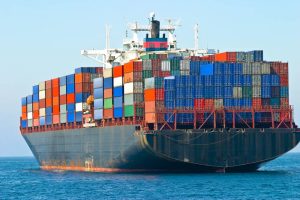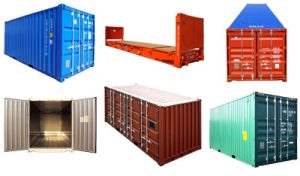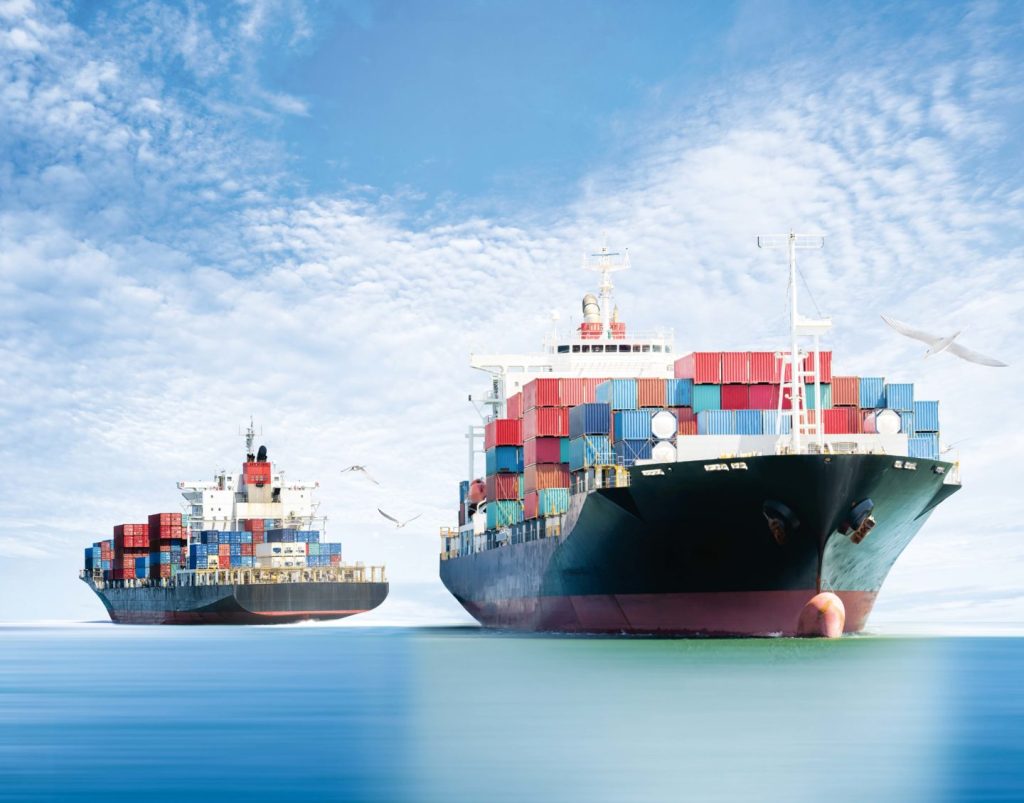Type of containers used in Maritime Transport
Type of containers used in Maritime Transport
Shipping containers are very important for transporting the products bought and sold throughout the world in safe, hygienic conditions.
World Courier will provide some information about them.

Sea transport containers
Are you familiar with the coloured shipping containers carried by large vessels?
They are large metal boxes used mainly for the transport of goods by sea, but can be used to carry goods and merchandise by other means of transport.
They are multi-purpose (designed to store any type of cargo) or specific (for specialised products), either in bulk or packaged form.
They have a floor, side walls and a rigid roof with doors located on one of the walls. They are stackable, manoeuvrable and designed for intensive use. These advantages have made sea export containers absolutely indispensable for foreign trade.
Dry freight containers
Of the types of containers for sea transport, the Dry Van model is the most widely used (almost 90% of cases). It is a 20-foot container that can be used by sea and on land.
They are completely closed and are hermetically sealed. Ventilation and refrigeration are non-existent, so the products and goods to be transported must be suitable for preservation in the thermal conditions of its interior.
Practically any type of good that does not require refrigeration or ventilation can be stored in this container. The most common are the following:
- Small loads stacked in different boxes, drums of liquids or sacks of grain. Pallets can also be used to organise the goods.
- Large and heavy loads, e.g. vehicles, electrical machinery, metals, wood, etc.
Other container types
Shipping and container types are closely linked, so there is a wide range of containers:
- Open top: This is similar to the aforementioned ones, but with the difference that the roof is removable, so it can be filled or unloaded from the top.
- Reefer: Also called a refrigerated container, it is thermally insulated with a temperature controller to transport products under low temperatures.
- Flat Rack: This is a flat container with no side walls, fixed walls or roof. It is intended for the transport of products that are not sensitive to the outside climate.
- Pallet wide: Its main feature is that it is a different width to the others. In addition, the interior dimensions have been designed to optimise pallet loading as much as possible, to minimise the amount of unoccupied floor space.

What do the alphanumeric codes on a sea container mean?
Shipping container codes are of utmost importance.
Container number
This is an alphanumeric sequence (4 letters and 4 numbers) found on the container door:
- Owner code. The first three letters identify the container owner, registered in the BIC.
- Category. The letter for sea containers is U.
- Serial number. Chosen at random by the owner, although each owner must have one.
- Check digit. Used to verify that the sequence of a number is correct.
ISO Code
The nomenclature of the containers may vary. To avoid conflicts, the ISO code is used, which consists of 4 characters:
- Length: 20-foot containers are given the number “2” and 40-foot containers, “4”.
- Height: The height dimensions are shown (on a scale of 0 to 5).
- The last two characters refer to special qualities.
Capacity marks
These are marks or signs that provide information on their gross and tare weights:
- MGW (maximum gross weight).
- TARE (weight of empty container).
- NET (net weight).
- CAP (internal volume).
CSC and CCC plates
There are two types of plates on containers:
- CSC (Container Security Convention): This certifies that the container complies with structural and safety condition standards.
- CCC (Customs Convention on Containers): Ratifies compliance with the customs system.
Container charges
Container transport is the most economical way to carry goods. However, the price varies greatly between countries, as well as by the type of container. Freight is calculated on the basis of two main components.
Firstly, the basic fare. This is determined by the shipping lines with a product table between two regions.
Secondly, surcharges. These are extra costs applied to the basic rate due to special conditions that may or may not be related to the goods. A good example is the fuel surcharge due to fuel price fluctuations. Another example is the currency adjustment applied when the carrier incurs charges for currencies other than dollars.
World Courier has provided some essential information. This essay should help you better grasp the modern air transportation industry!
You may concern:
How many types of Sea Freight?
Shipping service from Taiwan to Vietnam by sea freight

